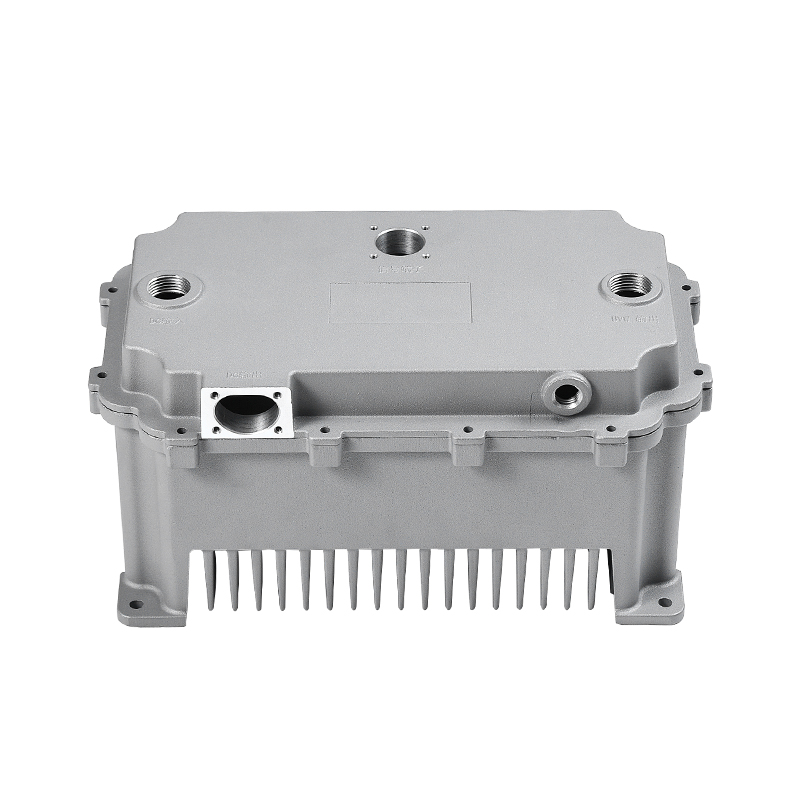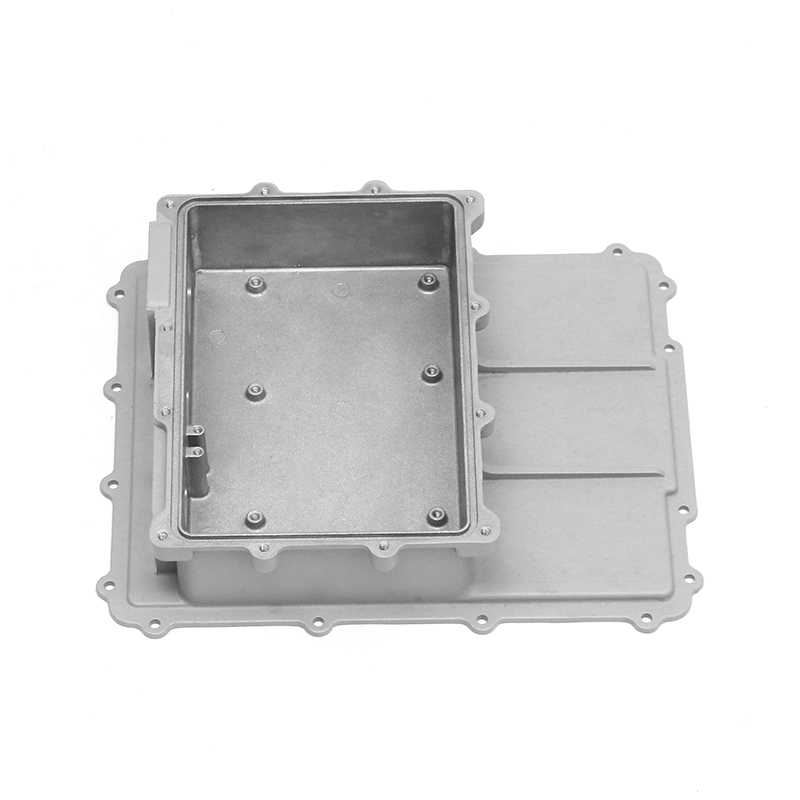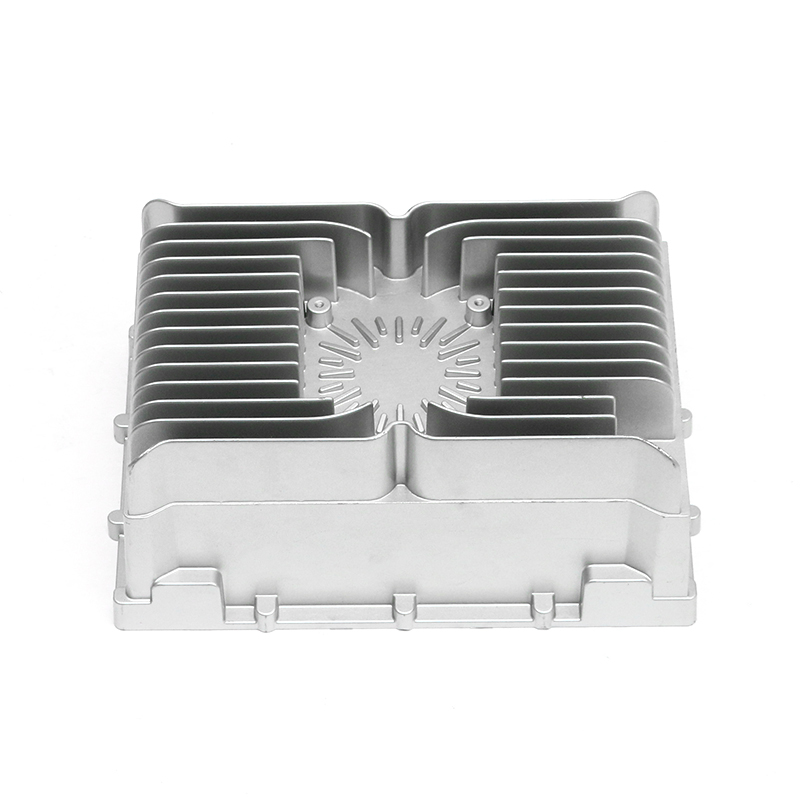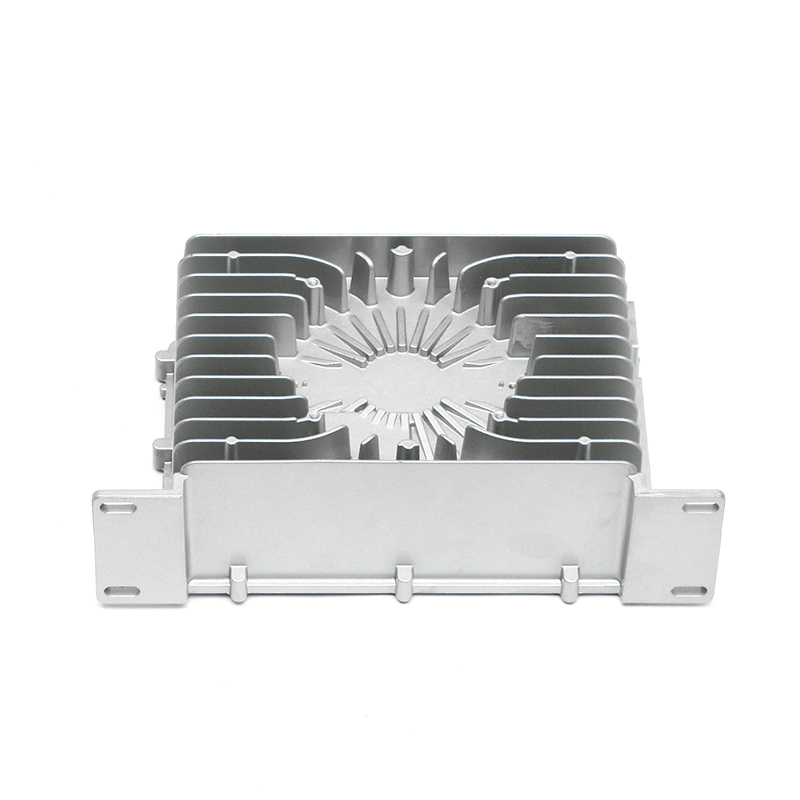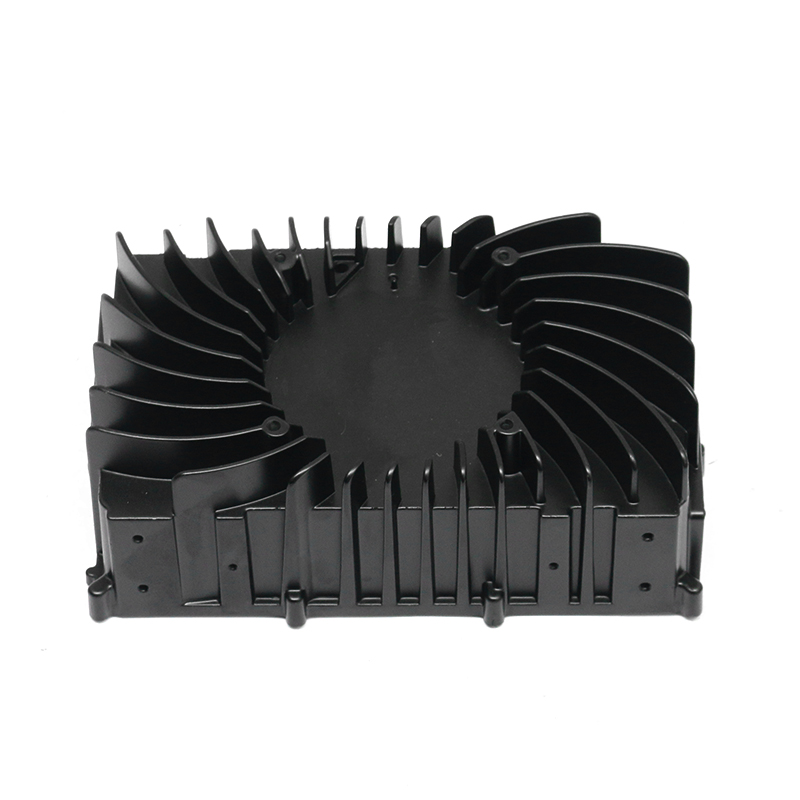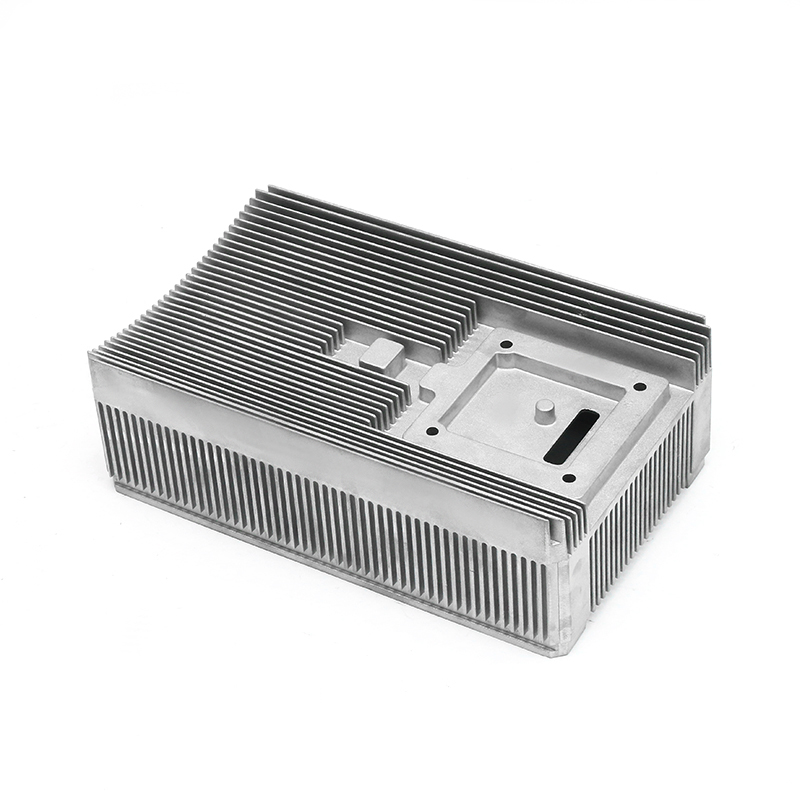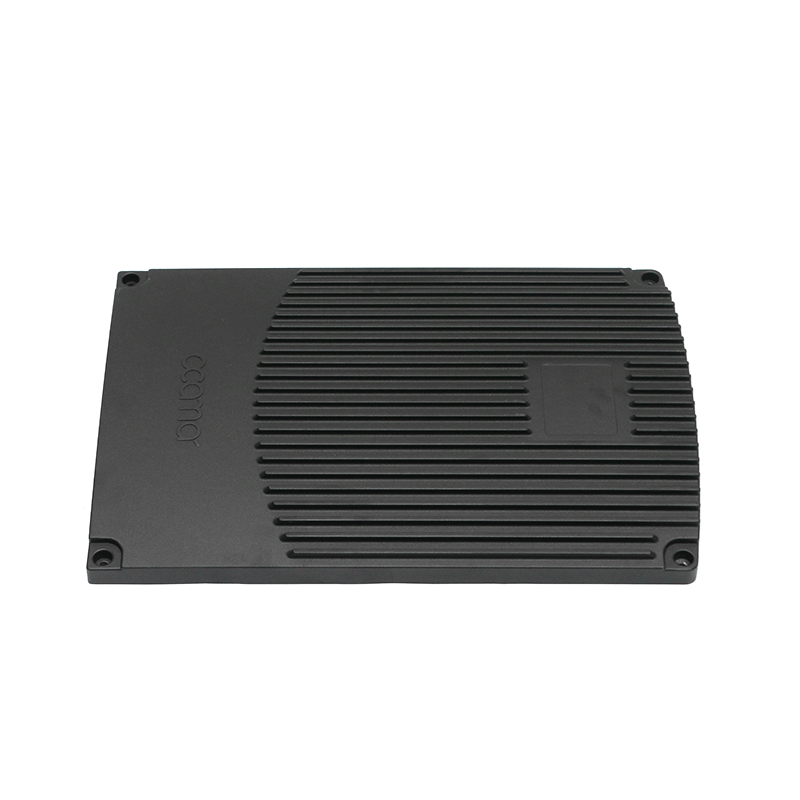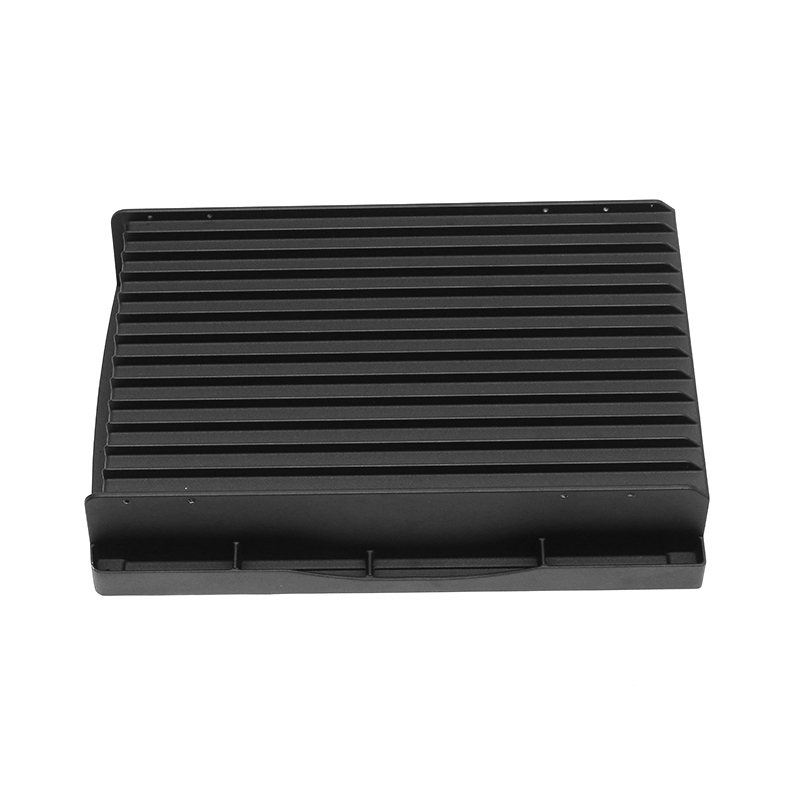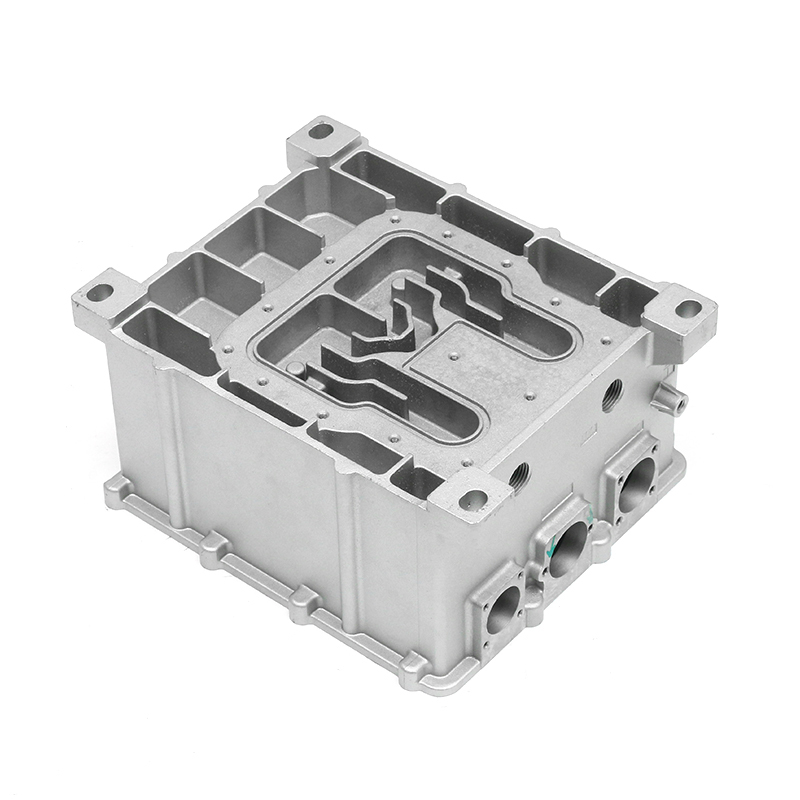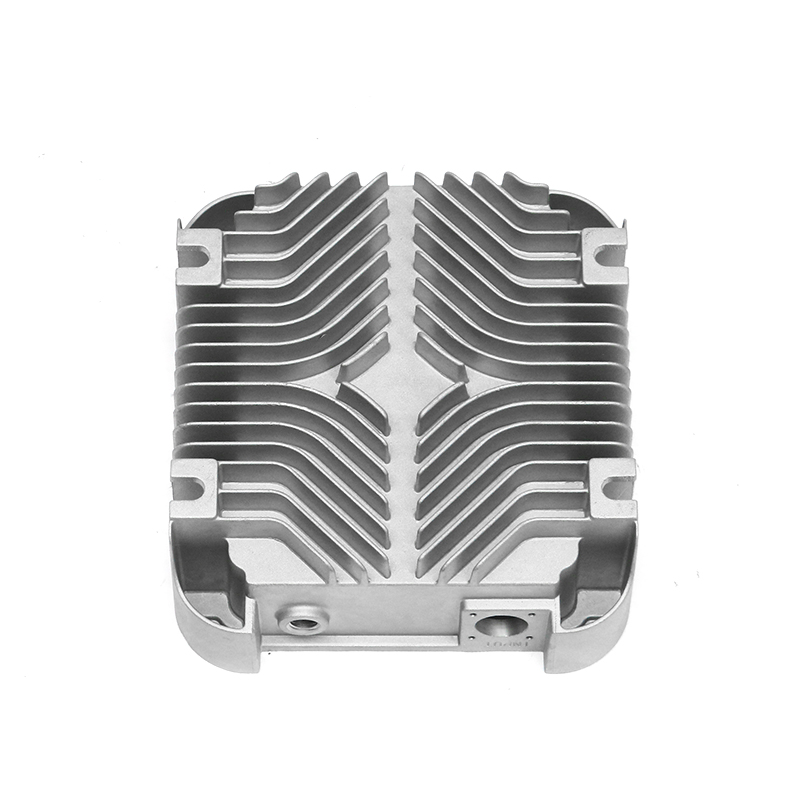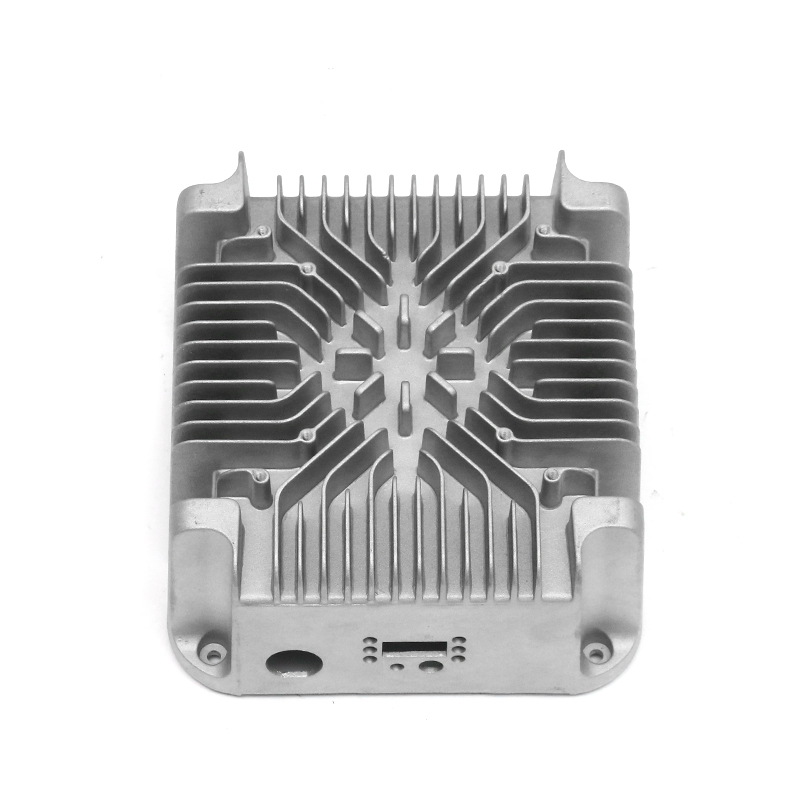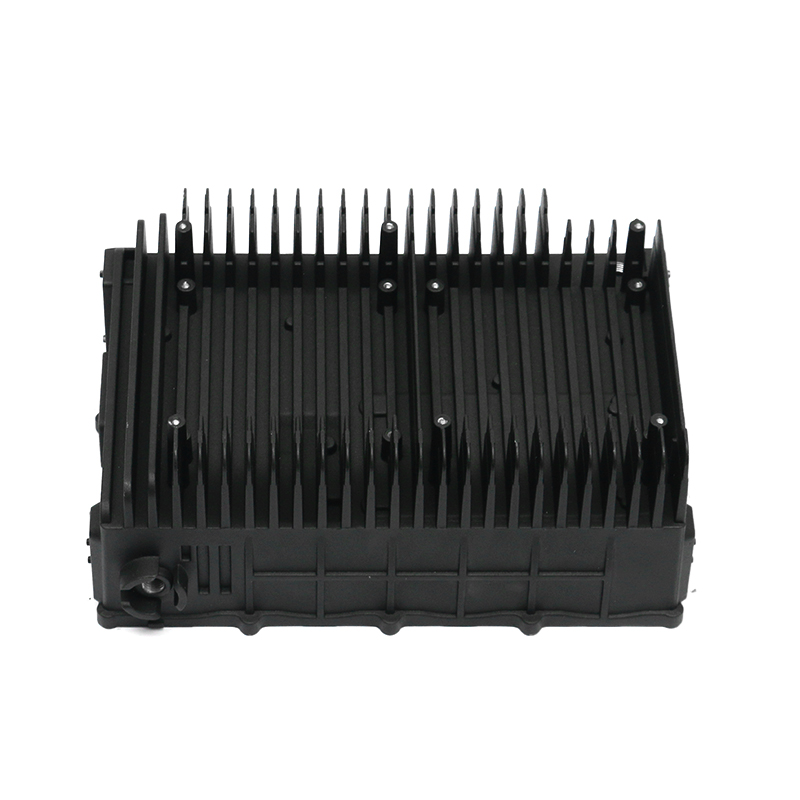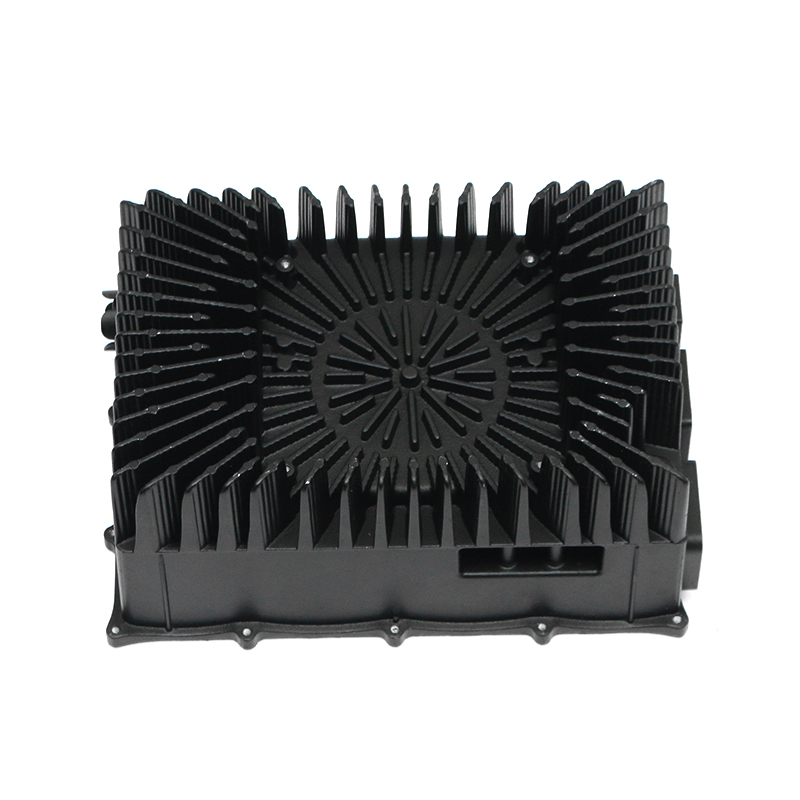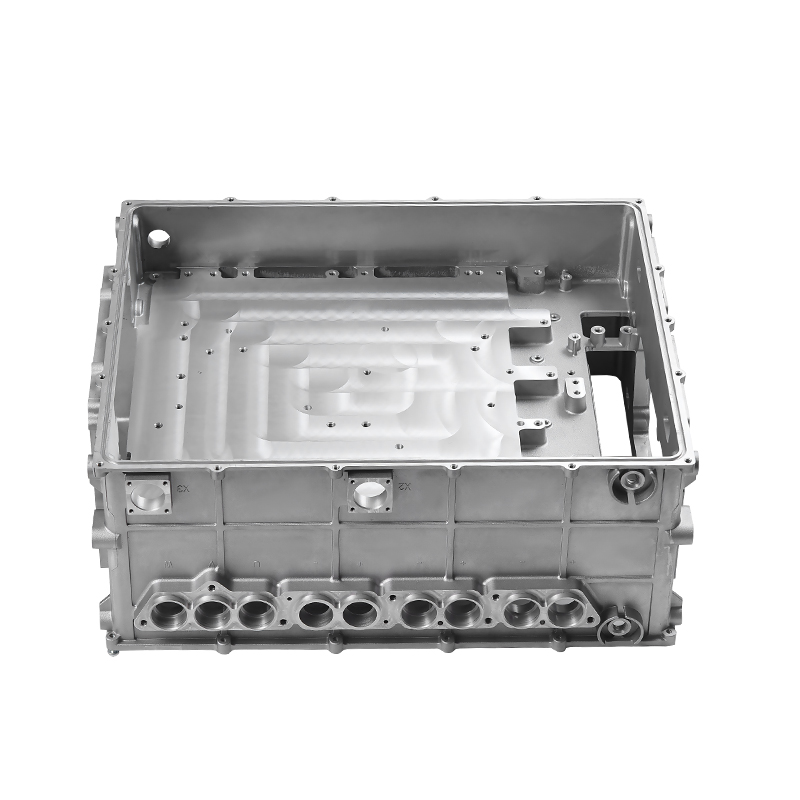Adapting to the structural diversity of different electronic control systems: the development path of new energy electronic control air-cooled series die-casting parts
At the moment when the new energy industry is rapidly advancing, the electronic control system is one of the cores, and its operation stability, thermal control management and structural bearing capacity are increasingly valued. With the continuous refinement of the requirements of various types of vehicles and control modules, the diversified design of air-cooled structural die-casting parts has become an important part of supporting the reliable operation of the system. How to make the die-casting structure better adapt to different electronic control systems is gradually becoming a key issue for enterprise technology improvement.
The necessity of structural diversity
Different types of electronic control systems have great differences in structural layout, heat dissipation method, installation method, etc. Some systems have special requirements for the spatial distribution of die-casting structures, while others emphasize the continuity and efficiency of heat flow guiding paths. Therefore, die-casting structural parts must not only have the functions of bearing and protection, but also need to integrate diverse design concepts to meet the interface requirements and system connection methods of different electronic control modules. This diversity is not a simple change in geometric form, but an overall coordination based on factors such as current path, heat dissipation load, and air duct organization.
Structural matching strategy in die-casting design
In order to achieve good system matching, die-casting parts need to maintain a high degree of coordination with the vehicle control platform during the design stage. Structural optimization is not only reflected in lightweight processing, but also in the flexible deployment of installation interfaces, spatial reconstruction of shell structures and dynamic distribution of air cooling channels. Through multi-faceted structural transition, arc rib design, modular assembly and other methods, die-casting parts can be adapted to a variety of control panels. At the same time, reserving sufficient tolerance space in the integration area of electronic control components has also become an important detail to ensure functional integration.
Diversity promotes production process upgrades
With the increasing demand for diversified die-casting structures, traditional single-mold production methods face challenges, and flexible production lines and customized mold solutions are gradually becoming popular. The introduction of multi-cavity molds, multi-mold conversion technology, and rapid mold change systems allows companies to flexibly adjust structural forms according to order requirements, thereby responding to the differences in electronic control systems more quickly. This change not only improves production response speed, but also expands the service scope of die-casting products in new energy vehicle platforms.
Coordinated development of material selection and structure
The material properties of die-casting parts also play a key role in the process of structural realization. Different electronic control modules have different requirements for thermal expansion, heat dissipation rate and strength. Therefore, the combination of materials and processes must be considered during structural design. For example, high thermal conductivity metal is used in the shell part, and material stability is strengthened at the fixed connection to improve the adaptability of the overall system under different working conditions. The integration of structural design and materials is the technical basis for realizing the diverse functions of die casting.
The development of new energy drives the direction of die casting structure
With the continuous expansion of the application field of new energy vehicles, the electronic control system presents more diverse requirements in different application scenarios. As a key component for the integration of structure and thermal management, air-cooled die castings must continue to evolve in diversified structural designs. It not only serves the technical function itself, but also becomes a structural link between the entire vehicle system. In the future, the design of die castings will pay more attention to the balance between system coordination, module extension and reliable durability, and truly integrate into the deep path of the development of new energy electronic control technology.
